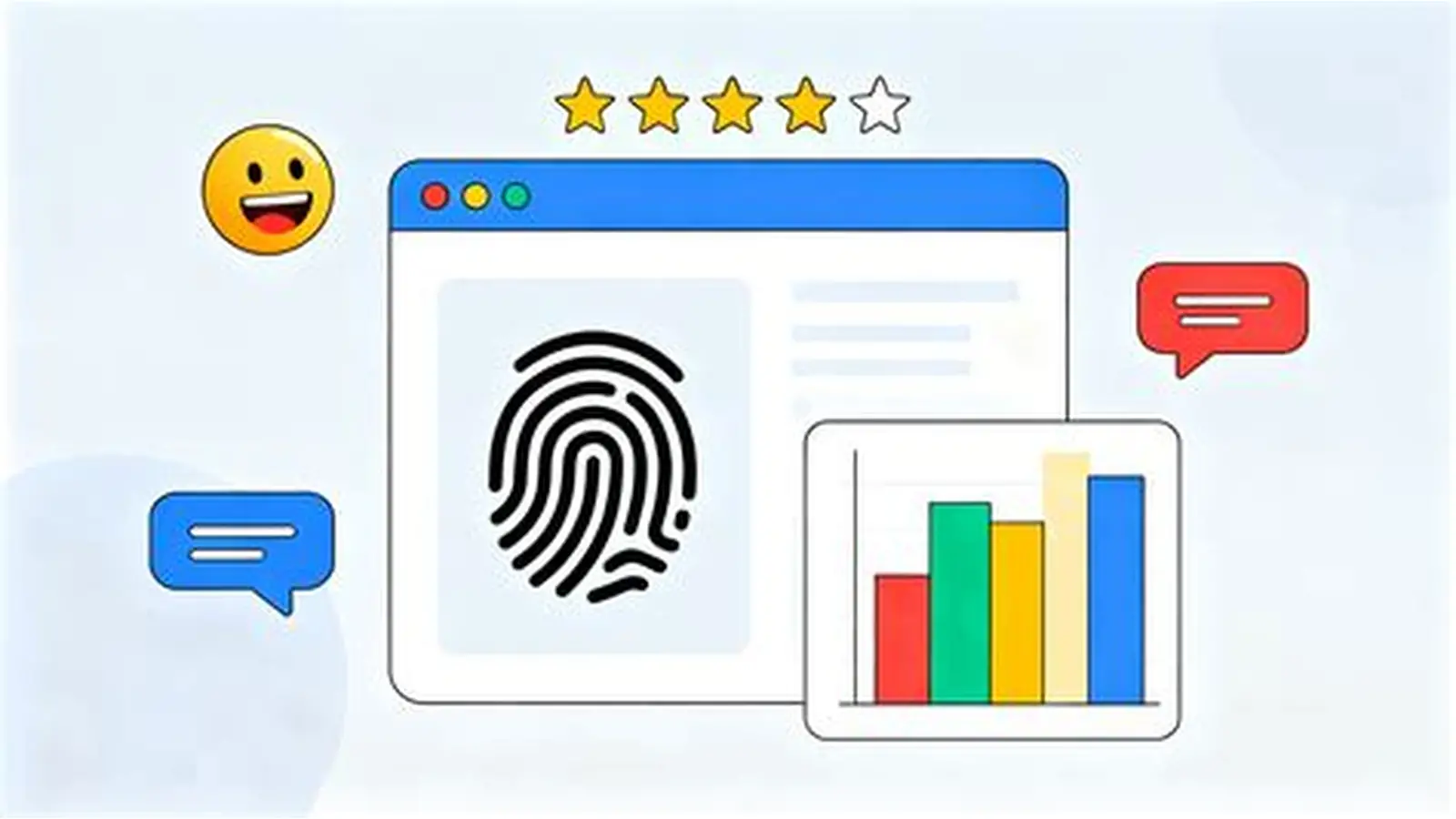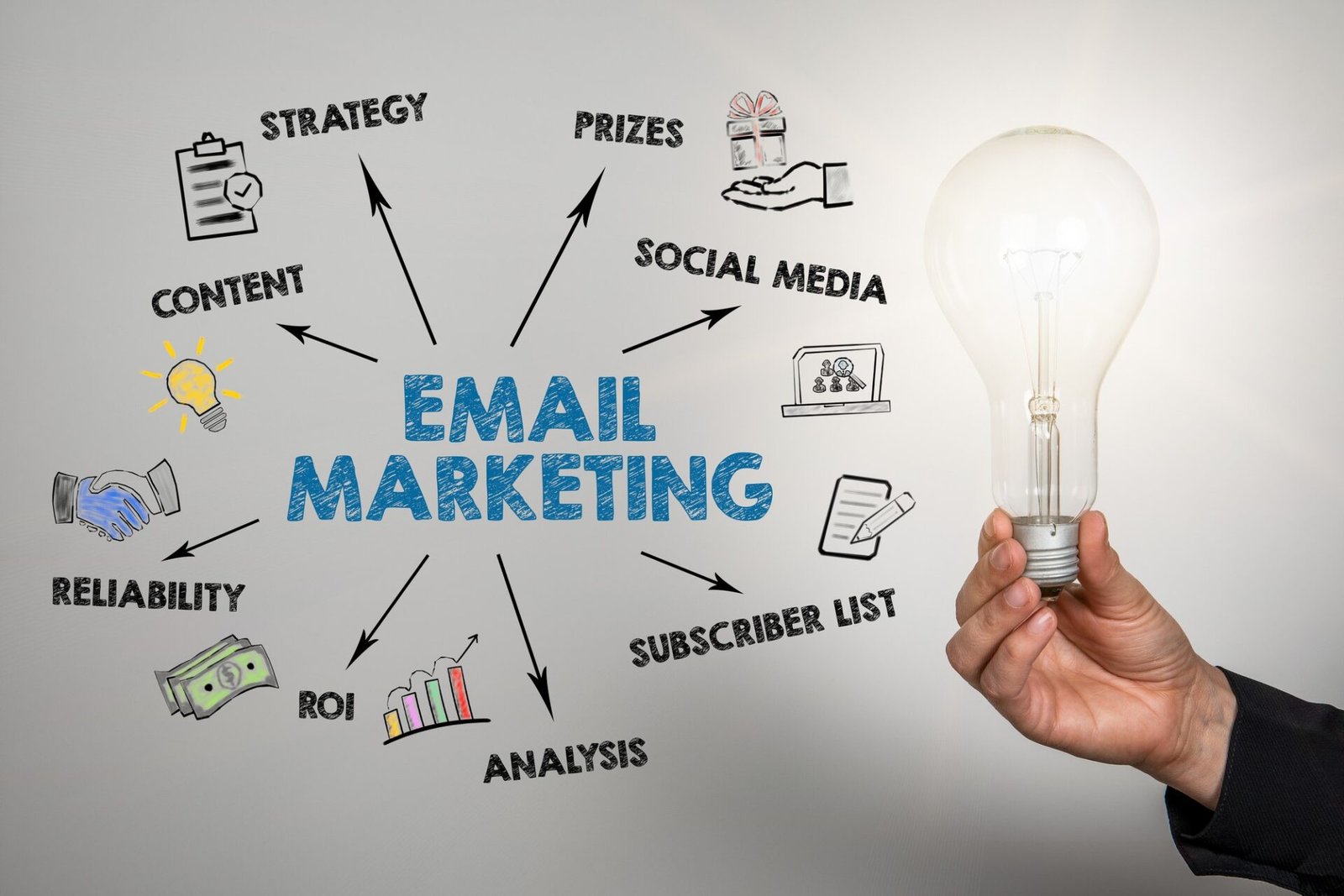In today’s digital landscape, customers interact with brands across multiple channels, from social media and email to websites and mobile apps. A cohesive multi-channel digital marketing strategy ensures your brand delivers a consistent message while maximizing engagement and conversions. By integrating channels and aligning campaigns, businesses can create seamless customer experiences and strengthen brand loyalty.

Understand Your Audience Across Channels
Successful multi-channel marketing starts with understanding your audience. Knowing where your customers spend time and how they engage is critical.
Steps to Understand Your Audience:
-
Conduct audience research to identify demographics, preferences, and behaviors.
-
Map the customer journey across all touchpoints.
-
Use analytics tools to track engagement on each platform.
-
Segment your audience based on behavior, interests, or purchase history.
A clear understanding allows you to target the right people with the right message at the right time.
Align Messaging and Branding
Consistency in messaging and branding builds trust and recognition across channels.
How to Align Your Brand:
-
Maintain a unified tone, style, and visual identity.
-
Ensure key messages are consistent while adapting to each platform.
-
Use cross-channel campaigns that reinforce the same value proposition.
-
Keep calls to action consistent to guide users along the journey.
Aligned messaging strengthens brand identity and improves customer recall.
Choose the Right Channels
Not every channel will work for every business. Selecting the right combination of channels ensures efficiency and impact.
Popular Channels for Multi-Channel Marketing:
-
Social media platforms like Instagram, Facebook, LinkedIn, and TikTok.
-
Email marketing campaigns for personalized engagement.
-
Paid advertising through Google Ads or social media ads.
-
Content marketing via blogs, videos, and podcasts.
-
Mobile apps and push notifications for direct communication.
Focus on channels where your audience is most active and engaged.
Integrate Technology and Tools
Technology helps manage campaigns across multiple channels efficiently. Marketing automation and analytics tools streamline communication and reporting.
Tools to Consider:
-
Customer Relationship Management (CRM) systems to track interactions.
-
Marketing automation platforms for email, social, and ad campaigns.
-
Analytics dashboards to monitor performance across channels.
-
Social media management tools for scheduling and engagement tracking.
Integrated tools improve efficiency and ensure your campaigns remain coordinated.
Create Cross-Channel Campaigns
Cross-channel campaigns provide a seamless experience by delivering consistent messaging across platforms.
Tips for Effective Cross-Channel Campaigns:
-
Coordinate launch dates and messaging across channels.
-
Repurpose content to fit each platform while maintaining core messages.
-
Use retargeting strategies to move users along the funnel.
-
Measure engagement at each touchpoint to optimize campaigns.
Cross-channel campaigns increase reach while reinforcing brand messaging.
Monitor and Analyze Performance
Measuring performance across channels ensures campaigns are effective and aligned with goals.
Key Metrics to Track:
-
Engagement rates on social media and email.
-
Website traffic and user behavior patterns.
-
Conversion rates from each channel.
-
Return on ad spend (ROAS) for paid campaigns.
Regular analysis helps identify high-performing channels and areas for improvement.
Optimize for Customer Experience
A multi-channel strategy is only effective if it delivers a smooth experience for users.
Ways to Enhance Customer Experience:
-
Ensure mobile responsiveness across platforms.
-
Provide consistent information on pricing, products, and promotions.
-
Streamline navigation between channels, such as linking social posts to landing pages.
-
Personalize interactions based on user behavior and preferences.
Optimized experiences build trust and increase the likelihood of conversions.
Foster Continuous Improvement
Multi-channel marketing requires ongoing refinement to stay relevant and effective.
Continuous Improvement Practices:
-
Conduct A/B testing for messaging, visuals, and calls to action.
-
Collect customer feedback to identify pain points.
-
Adjust strategies based on performance data and trends.
-
Stay updated with platform updates and emerging channels.
Iterative improvements ensure your strategy remains competitive and impactful.
Conclusion
Building a cohesive multi-channel digital marketing strategy requires understanding your audience, aligning messaging, choosing the right channels, and integrating technology. By monitoring performance, optimizing customer experiences, and continuously refining campaigns, businesses can create seamless interactions that boost engagement, conversions, and brand loyalty. A well-executed multi-channel strategy positions your brand for long-term success in the dynamic digital landscape.











